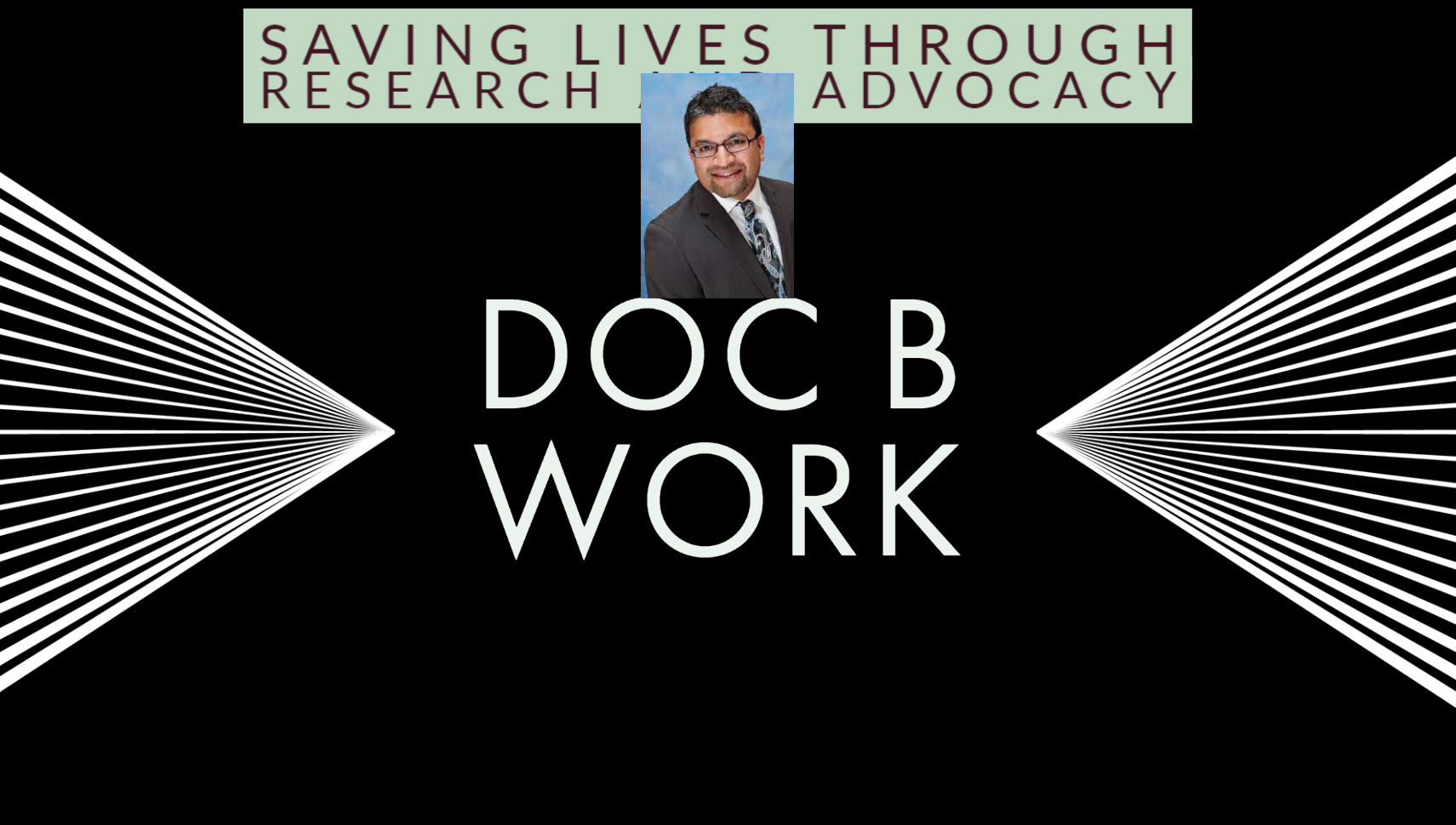Recently I ran an analysis on NHANES (2005-2010 National Health and Nutrition Examination Survey) data. Please see the visual that was created using SAS. This is unpublished information so please do NOT copy the visual as we are actively researching in this area. These are some important findings in obesity-related public health research. Biomarkers can aid in addressing the negative outcomes which are related to obesity.
I was so proud of the visual that I was going to create a video. However, instead I decided to try something different and use a static visual (dashboard style) which would include multiple graphs. Please see my workspace below. Welcome to my humble SAS cloud-based workspace "abode." The dataset is directly and conveniently stored in the cloud and is completely free.
There are final common pathways that are especially important to understand when addressing disease. From a public health perspective, it is important to track biomarkers within the general population so that these biomarkers can be studied in the context of environmental exposomes. The exposome can be defined as the measure of all the exposures of an individual in a lifetime and how those exposures relate to health throughout the life-course. There are multiple places that these can be assessed within the general population.
From a historical perspective, Inflammation was defined by Paracelsus to be considered one of the four cardinal signs of inflammation. Out of these, rubor, dolor, calor, tumor were considered some areas explored by the Roman Physician Celsus in the 1st Century AD.
Ironically a natural element that is connected to fire seems to be surprisingly quite universal. For instance, the word Agni symbolizes fire in Sanskrit. Similarly the word root for igneous is also emerges from the same proto-language. Due to my interest in linguistics, I often study how sounds for words travel. I also understood Ayurveda very early on.
In Indian traditional medicine, Ayurveda classifies inflammatory conditions as derangements of the pitta dosha (the fire principle) that can be cooled with simple adjustments to diet and daily routine along with herbal supplements.
Many times, a traditional patchwork of knowledge can inform modern models.
When metabolic fire burns too hot or flares up in the wrong places we end up with chronic inflammation, and a host of disorders arises.
Fire is one of the principle metaphors in Ayurveda--it is an essential ingredient to good health. In the form of metabolism it digests our food, generates life-sustaining energy, and incinerates waste. But when metabolic fire burns too hot or flares up in the wrong places we end up with chronic inflammation, and a host of disorders arises. While Ayurvedic practitioners claim they can address inflammation there are advisory on lead poisoning from using these metals.
Understanding inflammation from a modern perspective challenging because this is more of a pathological state that at first glance you may want to measure through a thermometer as we automatically associate inflammation with heat. Therefore, in many people with autoimmune disorders, you will find that individuals have a consistent low-grade temperature.
Additionally, when I was seeing patients, I did see neutrophil counts being elevated in many places. I did provide a case study showing how controlling inflammation can actually address chronic disease. I first found this to be true with diabetes. Below is the link to my dissertation on this topic.
Below is a presentation to understand how homocysteine acts as an inflammatory biomarker which is indicative of disease. More studies need to be conducted how inflammation can have an additive effect on social determinants like food insecurity. We collected grant data
The presentation below is about how we can longitudinally study inflammation. This requires a longitudinal assessment of the data. This is specifically assessing C-Reactive Protein, another important inflammatory biomarker which is seen within the body. This poster below was presented at a PhilaSUG Conference in Philadelphia, PA. Below were the presentation location details:
Tuesday, November 28, 2017 from 1:00 PM to 4:00 PM (EST)
Penn State Great Valley
30 E. Swedesford Road
Malvern, PA 19355
30 E. Swedesford Road
Malvern, PA 19355
